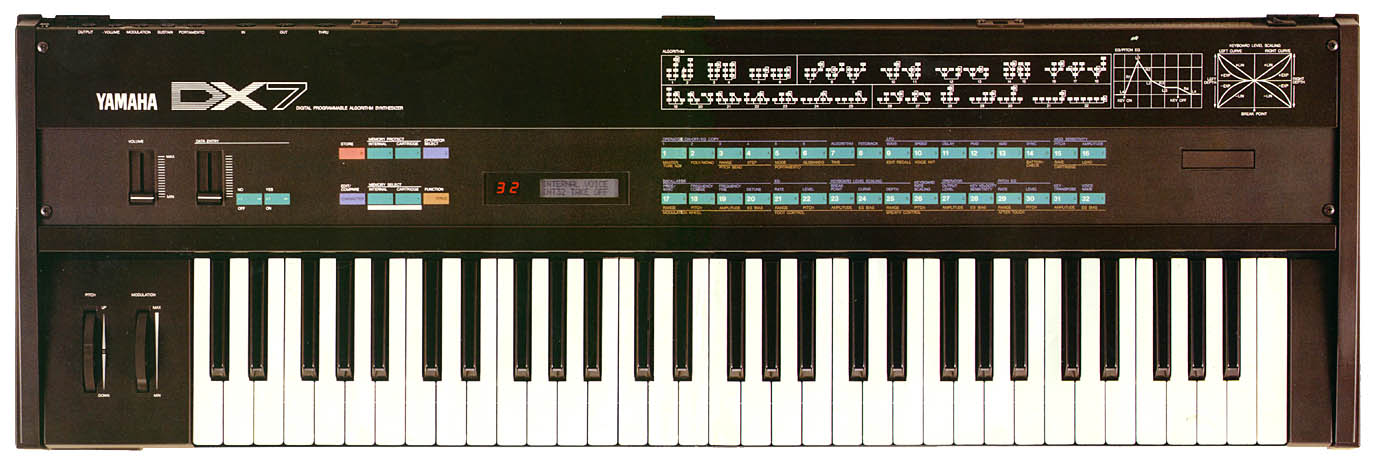Analog and Digital Synthesizers
Patrick Williams
Introduction:
Electronic musical sound synthesizers have a history dating back to the 1960s, when they contained purely analog circuitry and had many hands-on controls. Beginning in the mid 1980s, digital synthesizers with more minimal interfaces became very popular. By the early to mid 1990s, people began to demand the analog sounds and controls of the past, but these machines were expensive and unreliable and had outdated features. In order to achieve digital reliability, cost effectiveness, and modern features combined with the warm sounds and hands-on controls of analog synths, digital virtual analog synthesizers were created. Creating realistic analog sounds with digital circuits is an ongoing challenge, as analog circuits have many characteristics such as saturation and randomness that are extremely difficult to closely emulate. A fair amount of research has been devoted to improving the sound of digital, with much of it guided by theoretical interest. Another impetus for research is the fact that musicians want to buy gear that makes the best sounds, so there is a financial incentive for these developments as well.
Synthesizers have a complex history, with many distinct stages of development and popularity. In addition, their functions can be difficult to comprehend, and their inner workings are extremely technical and complex. There are many tiers of understanding concerning these machines, from beginner to design researcher, and it is challenging to advance one's knowledge at each stage. Therefore, different forums and methods of communication must exist to properly convey this information to different groups of people with separate levels of understanding. The following two articles are examples of these distinct forums, and they discuss this history and how these synthesizers work in two very different ways. The first is an entry in a technical journal, while the second is a popular news article. As we will see, both use very different yet effective rhetorical techniques in communicating information about these instruments to their respective audiences.
Computer Music Journal:
Oscillator and Filter Algorithms for Virtual Analog Synthesis
Vesa Välimäki and Antti Huovilainen
Gizmodo:
A Beginner's Guide to the Synth
Meg Neal
No Archives


 RSS Feed
RSS Feed
